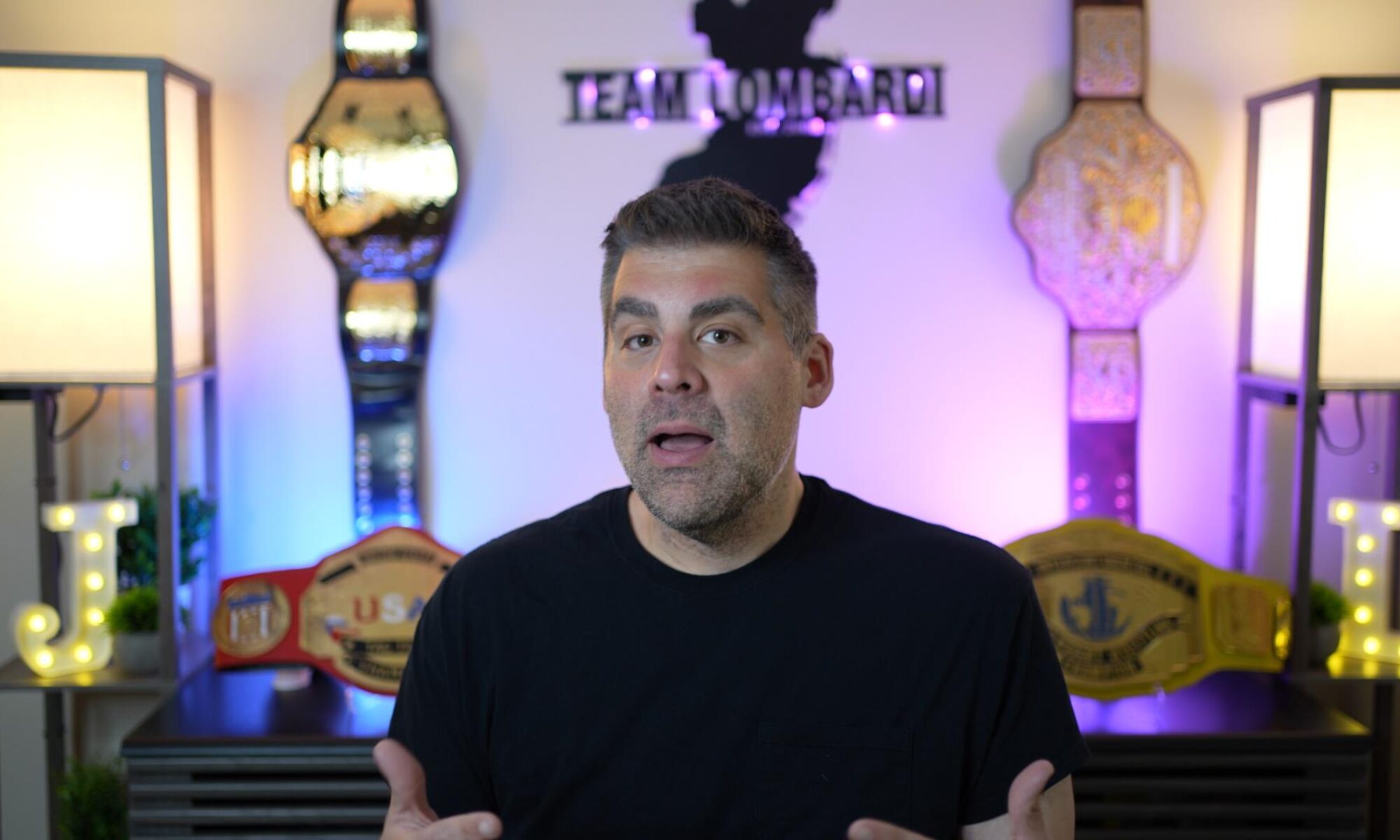( #TheNightCircus, #ErinMorgenstern )

I just finished reading Erin Morgenstern’s “The Night Circus” and I found myself liking it more than I thought I would. The book is about a mysterious traveling circus that (if you can’t figure it out by the title), opens only at night. This circus is essentially the best ever because there are a few members of the crew who can actually do “real magic.” Morgenstern hints that the “magic” is more like science but never gets to deep into the technical details.
The story revolves around a bet made by two old rivals. They train young children (the more villainous of the two uses his own daughter) to engage in a decades-long competition that neither student know the rules to. The circus becomes their battleground as each one tries to out-do each other with attractions and optical illusions. Neither student can interfere or tamper with the other’s work. Of course as the children get older and find out each other’s identities, they fall in love (snore).
The best part of the book is that Morgenstern doesn’t give the reader a hint about how the ending. Neither character “goes dark” or tries to take advantage of the other, and Morgenstern plays by the rules she created for her universe. The romantic aspects of the book are weak and feels like “Water for Elephants” – the “I love you but I can’t be with you” nonsense, but Morgenstern wisely leverages her secondary characters to add atmosphere and back story so the primary plot of the love story utilizes the least amount of pages possible.
“The Night Circus” works because the plot moves along at a good pace and the writer did an excellent job of keeping reader interest high. I won’t say it is a great book, but it is good and I enjoyed the time I spent with it.












